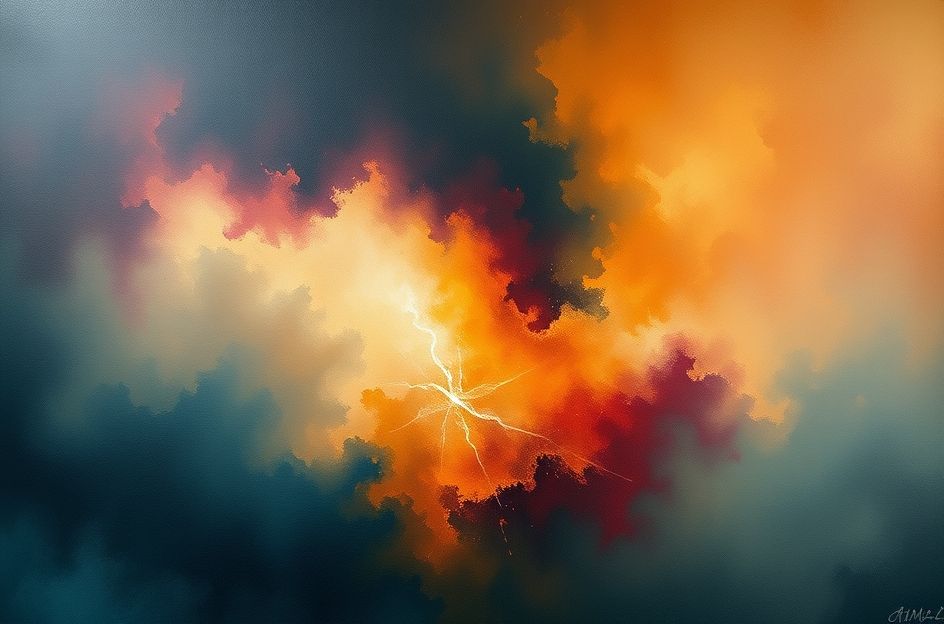The connection between abstract art and spirituality has been a subject of ongoing debate. Some believe abstract expressionists of the mid-20th century were self-absorbed, merely chasing a sense of ‘zen.’ However, I contend that they represent a vital expression of the human spirit yearning to be understood, even if many artists then and now might reject any association with spirituality or religion.
Consider Mark Rothko, a compelling example. He dedicated himself to creating large canvases, many vaguely reminiscent of windows or afterimages seen with closed eyes. His expansive use of color appeared to search for an edge or corner, striving for completion. He notably stopped titling his works, aiming to avoid influencing the viewer. Yet, paradoxically, his work profoundly influences. Rothko’s canvases visually communicate the spirit’s struggle and eventual revelation. Tragically, Rothko took his own life.
I strive to aid my own spirit in manifesting the notion that the spirit within us seeks to communicate and re-establish balance—guiding the mind and body back to its source, not the other way around, where the mind and body lead the soul to oblivion.
I recently encountered the writings of Meister Eckhart, a 14th-century Christian mystic, whose sermons revealed his understanding of our purpose. He presented vivid ‘images’ of the spirit, from the humblest to the divine. His descriptions were, in essence, abstract.
Eckhart described God as ‘unknowable,’ ‘unfathomable,’ and ‘undefinable.’ One of his potentially heretical statements was, ‘People say God exists… God does not exist…’ He elaborated that God transcends existence. These profound statements have led me to perceive God as an abstract entity—not anarchic, but a power beyond comprehension, undefinable. This has paradoxically drawn me closer to the divine. Eckhart portrayed Christ’s life abstractly, as the ultimate quest for the pure soul’s uncreated source, igniting my imagination with obscure visuals. Eckhart, in my view, is the patron saint of abstract artists.
The beauty of Eckhart’s words lies in their inspiration. What better way to depict God’s essence than through vast, unblemished fields of saturated color? This description could easily apply to Rothko’s nearly monochromatic paintings.
However, Eckhart also presented a contradiction: God is simultaneously unapproachable and deeply accessible. This, however, is a topic for another time.
